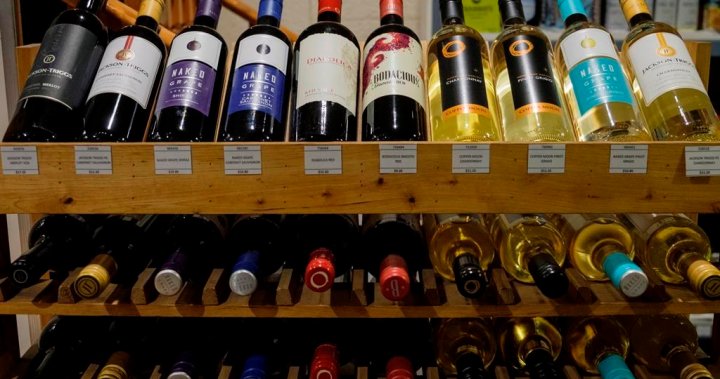Despite the fact the latest food price report for the country predicted some slowdown in the increase in grocery prices, non-profits in the Maritimes that focus on food insecurity are concerned about what the future holds for those struggling to get enough food to eat.
The North Grove in Dartmouth, N.S., is a non-profit organization that helps families. Volunteer and patron Vel Oakes says she doesn’t go to the grocery store that much because “the prices are shocking these days.”
“Peanut butter has gone astronomically out of sight. Pasta that used to be 99 cents for a 900-gram bag is now $2.29 for an 800-gram bag,” she says.
Oakes says she buys a lot less meat than she used to and relies on The North Grove’s community meals to get her servings of protein and vegetables.
“Between July and October this year, the number of meals that we served here increased by 50 per cent,” says Laura Horn, the organization’s director of programs and services. She says they serve roughly 300 meals a week.
Horn also says visits to The North Grove’s “trading cupboard,” where community members can exchange non-perishable food items and personal hygiene products they don’t need for items they do need.
“In November this year, we saw an unprecedented 224 visits to our trading cupboard,” she says. “In November last year, we saw 56 visits.”
Katherine Carey, The North Grove’s farm and market coordinator, says about 130 people on average visit the subsidized market every week to pick up fresh vegetables at cheaper prices, often waiting “two to three hours.”
“It’s for people who can’t access regular grocery stores,” she says.
“The numbers keep going up, and they show no signs of abating,” says Nick Jennery, executive director of Feed NS.
Jennery says the organization’s Christmas program supported 21,000 Nova Scotians last year. “We’re in week 10 of our program, and we’re tracking to have at least that again this year.”
“There’s a lot of concern,” Jennery says. “We’re in unchartered territory.”
He says many food banks are already at capacity when it comes to having the resources to support more people.
He believes what’s needed moving forward is for governments to set measurable goals to address food insecurity.
“I am hopeful we can turn this around,” Jennery says. “Set a goal, so that we can hold ourselves accountable … like, ‘Let’s reduce food insecurity by 50 per cent by 2030.’”
“State the goal now, so we can start the measurement, so we can start the conversation,” he says.
For Horn, the issue isn’t about the food itself. “Food insecurity is an income issue,” she says. “So, if there was anything that I would change, it would be to get people the income they need so they’re able to buy the food that they need.”
Oakes agrees. “I honestly think there should be some kind of basic income level that everyone qualifies for, regardless of why they’re in [a particular] situation.”
“I’m able-bodied. If somebody wanted to top me up to the poverty line and said, ‘You have to volunteer 200 hours in your community [in exchange],’ I’d say, ‘Sign me up!’”
© 2023 Global News, a division of Corus Entertainment Inc.




